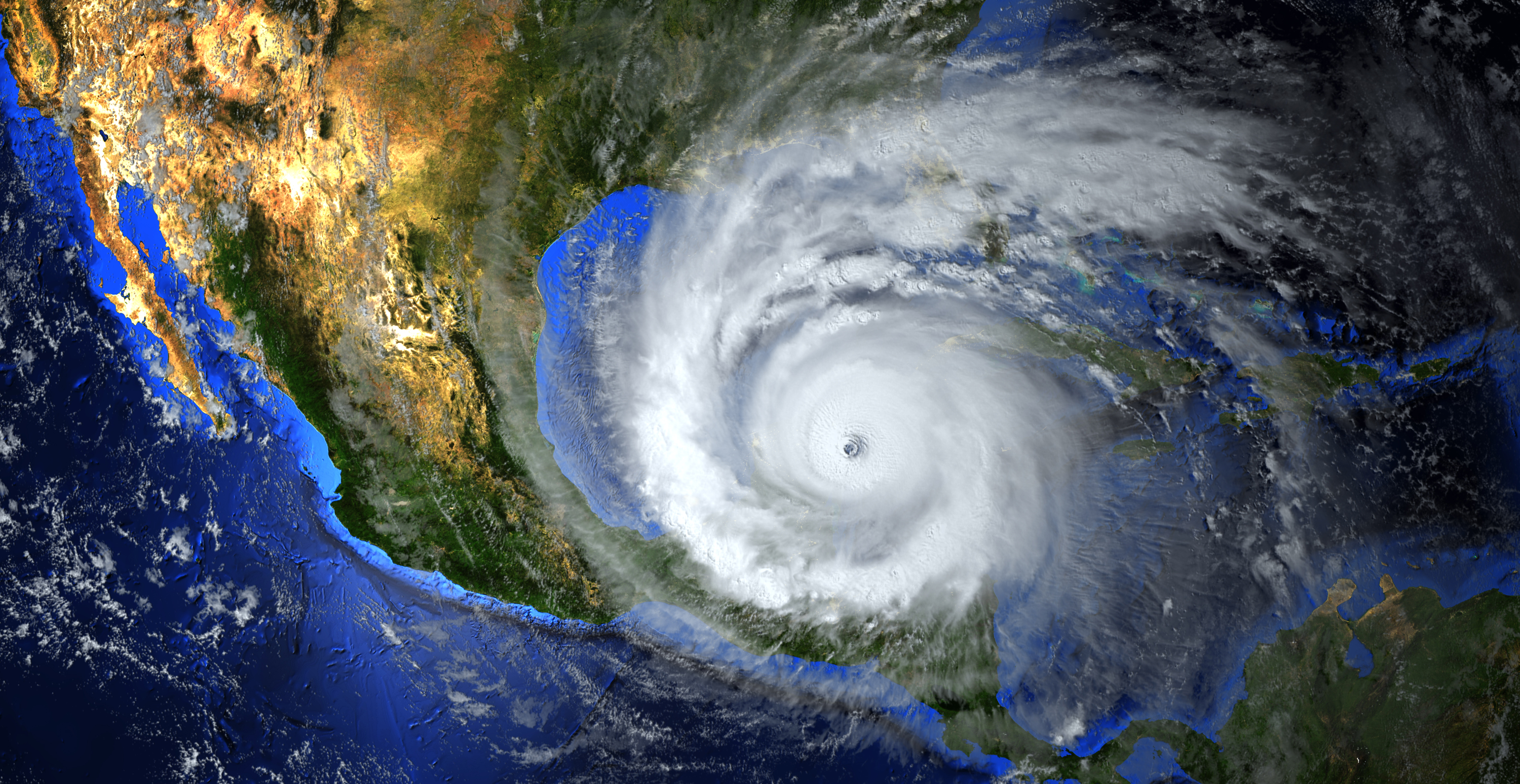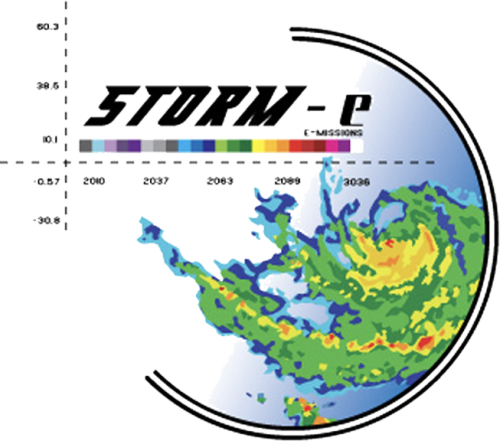Storm-e (New York City version)
Teacher Site
National Standards
National Science Education Standards
Science Content Standards K-4 and 5-8
As a result of activities in grades K-8, all students should develop:
Standard A:
- Abilities necessary to do scientific inquiry.
- Understanding about scientific inquiry.
Science Content Standards K-4
As a result of their activities in grades K-4, all students should develop an understanding of:
Standard D:
- Objects in the sky.
- Changes in Earth and sky.
Science Content Standards 5-8
As a result of their activities in grades 5-8, all students should develop an understanding of:
Standard D:
- Structure of the Earth system.
Standard F:
- Natural hazards.
- Science and technology in society.
NCTM Principles and Standards for School Mathematics
Curriculum Standards for K-4
Standard 6: Number Sense and Numeration
- Interpret the multiple uses of numbers encountered in the real world.
Standard 10: Measurement
- Understand the attributes of length, capacity, weight, mass, area, volume, time, temperature, and angle.
- Make and use measurements in problems and everyday situations.
Standard 11: Statistics and Probability
- Construct, read, and interpret displays of data.
Standard 13: Patterns and Relationships
- Recognize, describe, extend, and create a wide variety of patterns.
Curriculum Standards for 5-8
Standard 4: Mathematical Connections
- Explore problems and describe results using graphical, numerical, physical, algebraic, and verbal mathematical models or representations.
- Apply mathematical thinking and modeling to solve problems that arise in other disciplines, such as art, music, psychology, science, and business.
- Value the role of mathematics in our culture and society.
Standard 8: Patterns and Functions
- Describe and represent relations with tables, graphs, and rules.
Standard 10: Statistics
- Construct, read, and interpret tables, charts, and graphs.
- Make inferences and convincing arguments that are based on data analysis.
- Evaluate arguments that are based on data analysis.
Standard 13: Measurement
- Estimate, make, and use measurements to describe and compare phenomena.
- Understand the structure and use of systems of measurements.
National Educational Technology Standards
Standard 4: Technology Communication Tools
- Students use telecommunications to collaborate, publish, and interact with peers, experts, and other audiences.
Standard 6: Technology Problem-Solving and Decision-Making Tools
- Students use technology resources for solving problems and making informed decisions.
Geography Standards
Standard 1: The World in Spatial Terms
How to use maps and other geographic representations, tools, and technologies to acquire, process, and report information from a spatial perspective.

